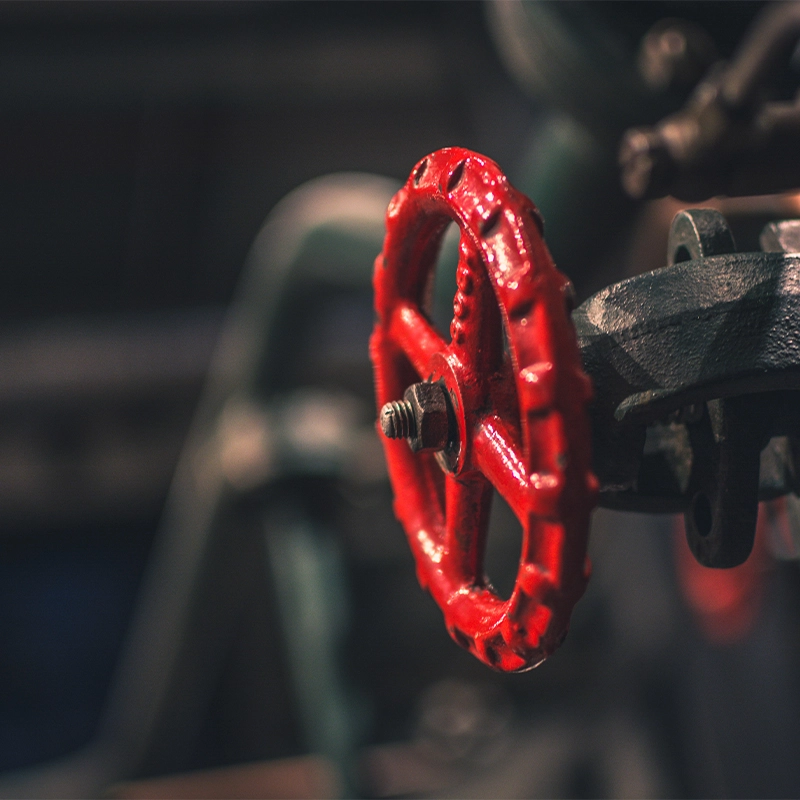Mobile:+86-311-808-126-83
Email:info@ydcastings.com
English
Optimizing Performance with Water-Cooled Turbocharger Housing Solutions for Enhanced Engine Efficiency
Water-Cooled Turbo Housing Enhancing Performance and Longevity
In the world of high-performance automotive engineering, the turbocharger plays a critical role in improving engine efficiency and power output. However, managing the heat generated by these powerful devices is paramount to ensuring their reliability and performance. This is where water-cooled turbo housing comes into play, offering significant advantages over traditional air-cooled designs.
Turbochargers operate by compressing the air entering the engine, allowing for more oxygen to be packed into the combustion chamber. This process generates substantial heat, especially at high operating speeds and loads. Excessive heat can lead to detrimental effects such as decreased performance, increased engine knock, and eventually catastrophic failure of the turbocharger. Conventional air-cooled turbo designs rely solely on ambient air to dissipate this heat, which can be limited in its effectiveness under heavy or sustained load conditions.
Water-Cooled Turbo Housing Enhancing Performance and Longevity
One of the primary benefits of water-cooled turbo housing is the significant reduction in thermal stress placed on engine components. By maintaining lower operational temperatures, the risk of heat-induced damage is minimized. This is particularly advantageous for vehicles that engage in performance driving or towing heavy loads, where sustained high temperatures could otherwise jeopardize engine and turbo reliability. Moreover, a cooler turbo can lead to improved throttle response and reduced turbo lag, enhancing overall vehicle performance.
water cooled turbo housing

In addition to performance benefits, there are implications for maintenance and longevity. Water-cooled turbochargers are less prone to oil coking, a process where oil breaks down and forms deposits due to excessive heat. Oil coking can severely impede turbo operation and is a common issue in air-cooled designs, particularly after the engine is shut off and temperatures remain high. The presence of a water cooling system helps prevent this condition, leading to cleaner operation and fewer maintenance interventions.
Furthermore, in applications where emissions regulations are stringent, water-cooled housing can contribute to better performance by allowing for more aggressive tuning strategies. Turbochargers can be pushed harder when they are kept cool, leading to increased boost levels and ultimately more power—factors desirable in both performance and racing applications.
However, implementing a water-cooled turbo system isn't without its challenges. It requires additional components such as a water pump, coolant reservoir, and plumbing, which can add complexity to the installation and maintenance of the turbocharger system. There is also the need to ensure that the cooling system is adequately designed to handle the thermal load, which may necessitate careful planning and engineering.
In conclusion, water-cooled turbo housing represents a significant advancement in turbocharger technology, offering enhanced performance and durability for modern engines. By effectively managing heat, these systems not only improve engine efficiency but also contribute to a more reliable and enjoyable driving experience. As the demand for high-performance and reliable vehicles continues to grow, water-cooled turbo setups will likely become an increasingly popular choice for automotive enthusiasts and manufacturers alike.
-
Premium Fan Housing & Motor Casing for Optimal AirflowNewsAug.31,2025
-
High-Performance Automobile Water Pump & Electric SolutionsNewsAug.30,2025
-
Expert Stainless Steel Casting | Precision & Durable Metal PartsNewsAug.29,2025
-
Precision Metal Castings: Aluminum, Stainless Steel & Die CastingNewsAug.28,2025
-
Superior Aluminum Castings in Automotive Engine PartsNewsAug.22,2025
-
Common Materials Used in Fan Housing ManufacturingNewsAug.22,2025











